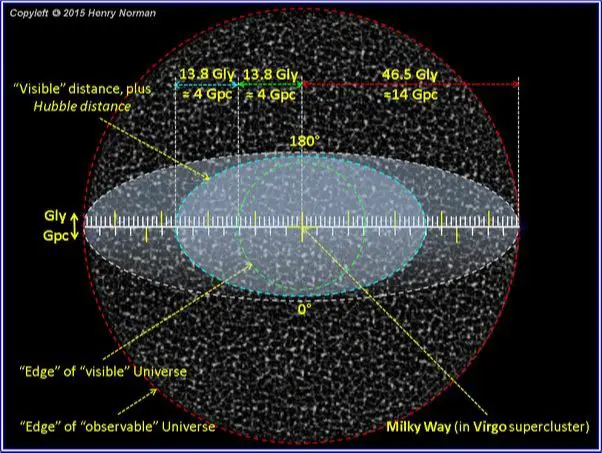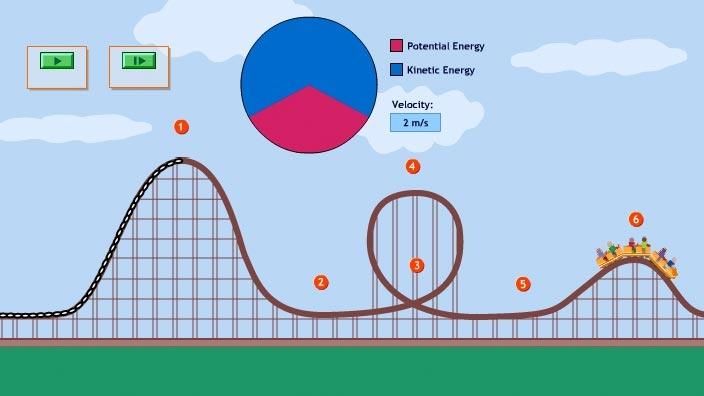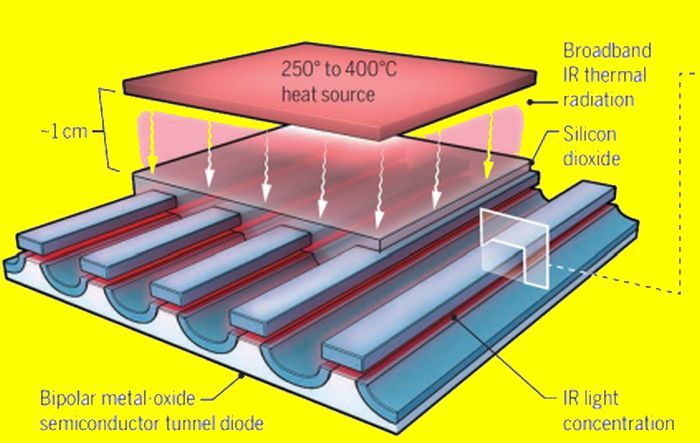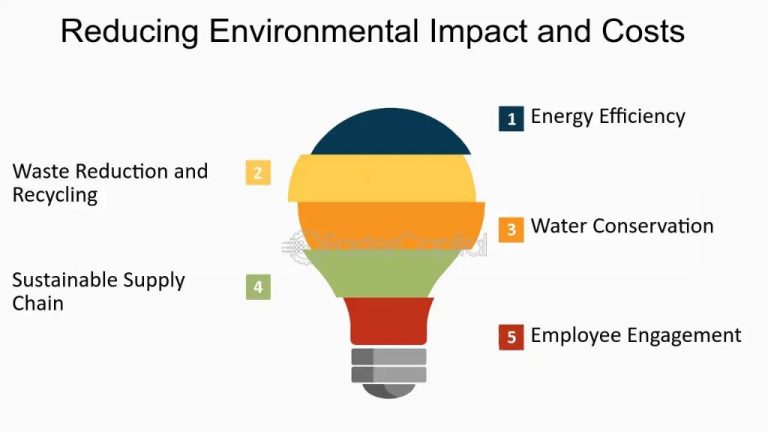Is Energy Finite In The Universe?

Energy is defined in physics as the capacity to do work. Work involves moving an object by applying force, so energy provides the ability to create force and motion. The laws of thermodynamics are some of the most fundamental laws in physics that describe how energy behaves.
The first law of thermodynamics, also known as the law of conservation of energy, states that energy can neither be created nor destroyed – it can only be transformed from one form to another. For example, chemical energy in gasoline can be transformed into kinetic energy and heat energy when burned in a combustion engine. But the total amount of energy remains constant.
The second law of thermodynamics states that in any closed system, the entropy (disorder) tends to increase over time. Entropy is a measure of how dispersed energy becomes, so as entropy increases, the energy becomes less available to do useful work. However, energy is never lost – it simply becomes more spread out and disorganized.
Together, these fundamental thermodynamic laws describe how energy is conserved and constantly converted between different forms. But while energy transformations can make energy less accessible for work, the total quantity of energy in a closed system always remains fixed.
Forms of energy
There are many different forms of energy that exist in the universe. Some of the main forms of energy include:
Potential energy – This is the stored energy an object has due to its position or state. For example, a ball held up in the air has gravitational potential energy. When released, this potential energy gets converted into kinetic energy as the ball falls.
Kinetic energy – The energy an object possesses due to its motion. The faster an object moves, the more kinetic energy it has.
Thermal energy – Also known as heat energy, this is the kinetic energy possessed by molecules and atoms. The more heat an object has, the faster its molecules vibrate.
Chemical energy – The potential energy stored in the bonds between atoms that make up molecules. This energy gets released when chemical bonds are broken during chemical reactions.
Nuclear energy – The energy stored in the nucleus of an atom, released through nuclear fission or fusion reactions. Nuclear power plants harness this energy for electricity generation.
Some other forms of energy include electrical, magnetic, elastic, sound, and radiant energy. Energy can take on many forms and is readily converted from one type to another according to the laws of thermodynamics. For example, chemical energy in gasoline gets converted into kinetic energy to move a car forward.
Theoretical energy limits
According to modern physics, there are theoretical upper limits to energy, mass, and size, as described by Planck units. The Planck energy is defined as the energy scale at which quantum effects of gravity become strong. Its value can be calculated from fundamental physical constants to be approximately 1.22 x 10^19 GeV.
The Planck energy represents an upper bound on measurable energy, beyond which the structure of spacetime breaks down and conventional physics cannot apply. At these extreme energy levels, quantized units of spacetime called Planck lengths would form. The Planck length, calculated to be 1.6 x 10^-35 meters, is thought to be the smallest measurable length, representing a limit to the precision of size and distance measurements [1].
Similarly, the Planck mass represents the upper limit to measurable mass, with a value of about 2.2 x 10^-8 kg. At the Planck scale, quantum effects would dominate gravity, likely requiring a theory of quantum gravity to reconcile general relativity and quantum mechanics [2].
While the Planck scale sets extreme theoretical limits, physics at such high energies remains speculative. However, the existence of fundamental upper bounds implies that energy and mass cannot expand indefinitely.
[1] https://en.wikipedia.org/wiki/Planck_units
[2] http://www.phys.unsw.edu.au/einsteinlight/jw/module6_Planck.htm
Practical energy limits
Currently, the world relies heavily on fossil fuels like coal, oil and natural gas to supply most of our energy needs. However, fossil fuel reserves are finite and estimated to run out within the next 50-100 years at current consumption rates.
Renewable energy sources like solar, wind and hydropower are expanding quickly, but most analyses find they cannot fully replace fossil fuels and meet global energy demand by 2050 without major advances in energy storage and distribution. According to one study, renewable energy production may need to increase by 6-8 times to completely phase out fossil fuel use.
Nuclear fusion has long been touted as an almost unlimited clean energy source, but the technology remains experimental. Despite promising progress, practical fusion energy likely remains decades away. Commercial fusion reactors are not expected before 2050 at the earliest.
Energy conservation
The first law of thermodynamics, also known as the law of conservation of energy, states that energy can neither be created nor destroyed in an isolated system. This means that the total amount of energy in the universe remains constant over time.
The first law of thermodynamics is based on the fundamental conservation law of mass-energy equivalence, which states that mass and energy are interchangeable and fundamentally one and the same. Mass can be converted into energy, and energy can be converted into mass, but the total amount of mass-energy remains unchanged.
This principle implies that energy can only change forms – for example, chemical energy in fuel can be converted into kinetic energy and heat. But the total amount of energy does not change. While energy can spread out and become more diffuse and less usable, it does not simply disappear.
The first law of thermodynamics confirms that energy is conserved on a universal scale. Practically speaking, some energy will always be “lost” or made unavailable for use in any real process due to inefficiencies. But theoretically, the quantity of energy in the universe remains fixed over time.
According to the first law, energy can only be transferred or transformed. This is why perpetual motion machines are theoretically impossible – they would have to create energy out of nothing, violating the principle of conservation of energy.
In summary, the first law of thermodynamics, or conservation of energy, establishes that the total energy in the universe is constant. Energy can only change forms, spreading out and becoming more diffuse, but the net quantity remains fixed.
Entropy
The second law of thermodynamics states that the total entropy of an isolated system can only increase over time (https://openstax.org/books/physics/pages/12-3-second-law-of-thermodynamics-entropy). Entropy is a measure of disorder, so the second law essentially states that the disorder of an isolated system will tend to increase with time. This is because there are more disordered states than ordered ones, so a system will naturally progress towards disorder.
As an example, a hot cup of coffee left undisturbed will cool down and reach room temperature. The heat from the coffee will dissipate into the room, increasing the disorder as the temperature becomes uniform. According to the second law, this process cannot be reversed unless energy is expended. The coffee cannot spontaneously become hot again without an external influence. This natural tendency towards disorder is entropy (https://www1.grc.nasa.gov/beginners-guide-to-aeronautics/second-law-entropy/).
Dark energy
There is strong evidence that the expansion of the universe is accelerating, implying the existence of a form of energy that acts in opposition to gravity. This mysterious energy, dubbed “dark energy,” makes up about 68% of the total energy density of the universe.
The first evidence for dark energy came from observations of type Ia supernovae in the late 1990s. These measurements indicated the expansion of the universe has been accelerating since about 5 billion years ago.[1] Subsequent observations of the cosmic microwave background anisotropy support the accelerating universe model and give an independent estimate of the dark energy density.[2]
Within the framework of general relativity, dark energy can be accounted for by assigning a positive vacuum energy to empty space. However, the source and nature of dark energy remain open problems in physics. Currently our best cosmological model to explain the accelerating universe is called ΛCDM, which stands for Lambda Cold Dark Matter. The cosmological constant Λ represents the dark energy density of space driving the acceleration.
Some hypothesize that dark energy might be explained by some sort of dynamic field evolving over time rather than a constant vacuum energy. However, there is currently no evidence to differentiate between these theoretical models.[3] Understanding the nature of dark energy remains one of the biggest unsolved problems in cosmology.
[1] https://www.science.org/doi/10.1126/science.284.5419.1508
[2] https://iopscience.iop.org/article/10.1088/1475-7516/2013/03/024/meta
[3] https://www.nature.com/articles/s41550-018-0566-3
Theoretical Unlimited Energy
One potential source of theoretically unlimited energy is zero-point energy, also known as vacuum energy. Vacuum energy refers to the lowest possible energy that a quantum mechanical system may have. Even in a perfect vacuum, where no particles exist, quantum field theory predicts that there are still fluctuations of electromagnetic waves and fields. These fluctuations give rise to a background energy throughout space that, in theory, could be harnessed as an unlimited energy source if the technology was developed to extract it efficiently.
The concept of zero-point energy was first proposed by Albert Einstein and Otto Stern in 1913. While the existence of vacuum energy is accepted in modern quantum theory, there is disagreement over whether it can serve as a viable source of energy. Some calculations place zero-point energy density at an extremely high value, potentially making it a limitless supply. However, there are significant barriers to harnessing zero-point energy, including the difficulty extracting energy from the electromagnetic fluctuations [1].
Overall, zero-point energy represents a theoretically unlimited energy source, but the practical challenges of harnessing vacuum energy mean that its viability as a source of unlimited energy remains unproven. Further technological developments would be needed to tap into these quantum fluctuations at a large scale.
Practical unlimited energy
There are some hypothetical technologies that in theory could provide unlimited practical energy if utilized on a large enough scale:
Dyson spheres are hypothetical megastructures that would surround a star and capture a large percentage of its power output. By building a sphere around the entirety of a star, a civilization could potentially harness nearly all of that star’s energy. However, constructing a complete Dyson sphere would require harvesting all the material from multiple planets or planetoids, an enormous engineering challenge. Partial Dyson swarms or rings would be more practical approaches. According to one analysis, the energy from a Dyson sphere could theoretically be enough to enable large-scale antimatter production [1].
Antimatter reactors convert matter into energy with near-perfect efficiency by bringing together matter and antimatter, causing mutual annihilation. Just a few grams of antimatter contain enormous potential energy. While antimatter production is currently extremely limited, if it could be manufactured on a massive scale, antimatter reactors could in theory offer immense amounts of energy. However, containment and safety issues pose major obstacles.
Extracting energy from black holes is another highly speculative idea. Black holes contain tremendous energy, and methods like Penrose processes aim to siphon some of that energy. However, the practical energy returns from interacting with black holes seem very low compared to other cosmic sources. For example, some analyses suggest energy returns from black holes would be orders of magnitude less efficient than harnessing a star via a Dyson sphere [2]. Like antimatter production, black hole energy extraction remains confined to the realm of theory for now.
Conclusion
In summary, while energy can theoretically be considered infinite according to principles of physics, in practical terms the usable energy available to humankind is finite. The total energy content of the universe is immense, but only a tiny fraction of it is accessible and convertible into useful forms of energy. Sources like fossil fuels, fissionable elements, and materials for renewable energy are finite in supply and subject to depletion. However, through conservation, efficiency improvements, and harnessing inexhaustible sources like solar and geothermal, energy needs can be met sustainably far into the future. Energy continuously transforms between states rather than being created or destroyed, so by capturing flows and stocks sustainably, human needs can be met without depleting finite resources.
Looking ahead, the outlook for meeting global energy needs sustainably is hopeful but challenging. Continued innovation, infrastructure development, and adoption of renewables is required to transition from finite fossil fuels. With wise stewardship of resources, equitable distribution, and technological advances, energy poverty can be eliminated worldwide while keeping within ecological limits. The finite nature of usable energy means it must be managed even more prudently as demand grows. But by understanding energy deeply, transforming our relationship with energy use, and tapping sustainable flows, humanity can thrive within the finite energetic boundaries of our remarkable universe.






